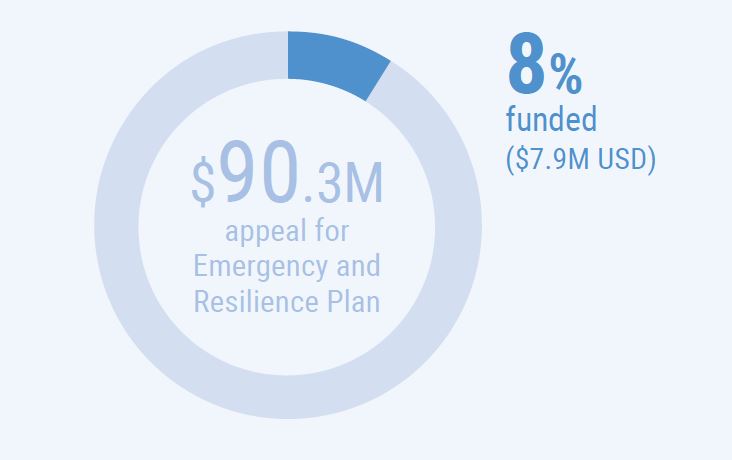Overview

Since 2011, with the food and nutrition crisis and the worsening of the security conditions in northern Mali, Burkina Faso has been exposed to a complex set off crises. The 2016 and 2017 risk index INFORM showed that the coping capacity of populations remains relatively weak at 6.2 out of 10 and that immediate risks are security and climate related, with the Sahel region the most exposed to multiple hazards. In 2018, the humanitarian situation in Burkina Faso remains strongly marked by food insecurity, malnutrition, forced population movements, diseases with epidemic potential and natural disasters (55 500 people at risk on average each year).
Given the predictability of these crises and the need for sustainable results, the Government and its partners are committed to a New Way of Working to break this crisis cycle through a gradual and solid reduction of risks and vulnerabilities aiming to the eradication of humanitarian needs. Partners will support the Government ensuring that the implementation of the current National Economic and Social Development Plan (PNDES) is done in a manner that advance to the achievement of the SDGs and creates conditions for sustainable peace.
Collective Outcomes
The following collective outcomes are at the core of joint actions for reducing humanitarian needs and accelerating attainment of SDGs in Burkina. They are reflected in the second and fourth pillars of the UN Partnership Framework for Sustainable Development 2018-2020 and they require concerted effort on social cohesion and security including sustainable management of natural resources.
- Food Security: By 2020, to reduce by 50% the number of people in phase 3 of food insecurity and reach 0% of people in phase 4 and 5 of food insecurity.
- Nutrition: By 2020, to reduce by 30% the rate of chronic malnutrition among children 0-5 years.
- Climate-induced hazards: By 2020, to reduce to less than 1% the number of households vulnerable to climate shocks and increase by 50% the number of institutions with capacities for disaster risk reduction.
Where do we stand?
Planning and Response Framework
On April 27th, 2018, the UN officially signed a partnership framework for sustainable development (2018-2020). The document is a product of joint analysis, planning and programming, which brought together humanitarian, development and peace and security actors, including civil society organizations and financing partners, to identify actions needed to help accelerate the attainment of SDGs in Burkina Faso, reduce vulnerabilities and humanitarian needs, address climate related risks and create conditions for sustaining peace. More importantly, the New Way of Working is fully anchored in the 2030 Agenda for Sustainable Development and was identified by the government and the UN inter-agency MAPS mission as one of the SDG accelerators in Burkina Faso.
Lessons Learned
Ownership and leadership
The NWoW is a multistakeholder process. In Burkina Faso, it is a joint commitment undertaken between Government, UN System, development partners, bilateral donors and NGOs to attain the country’s overall development aspirations.
Rethinking Financing Mechanisms
The unfolding crisis in the North and Sahel region of Burkina Faso revealed that some development financial mechanisms impose a level of rigidity that are not helpful to address sudden shocks. And vice versa, some unused funds for humanitarian response cannot be applied to hybrid action that aims to reduce vulnerability and risk, while paving the way for sustainable development. In a context that requires humanitarian response, peace and security, and development activities in parallel, financing mechanisms should take into account the need for capacity to respond to periodic shocks that happen suddenly, while at the same time allow for implementation of mid and long-term interventions to break the cycle, by reducing vulnerability and advancing in sustainable development. Short and long-term actions have to be undertaken together.
Incentivizing behavioral shifts
The NWoW involves all humanitarian and development actors working in the same coordinated direction towards a humanitarian-recovery-resilience-development linked approach. While humanitarian and development actors have seemingly different rules of engagement, the interlinkage between them requires mutual understanding of each other´s mandates, principles and strategies. Subsequently, this will allow for humanitarians to incorporate a recovery approach in their response consistent with development strategies. There is a need to incentivize a shift in the mindset and behavior of all involved actors, to come together to the same table with focus on people-centered common outcomes.


